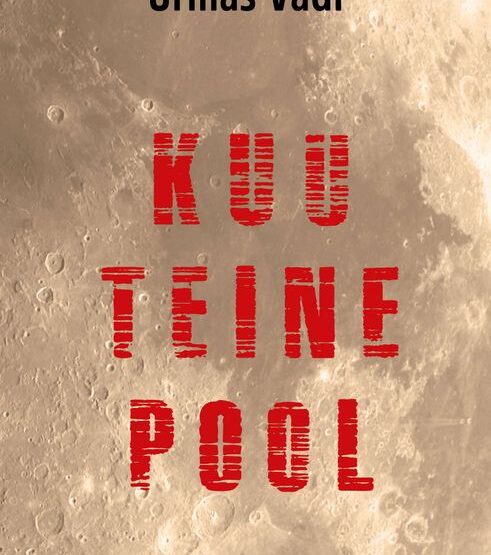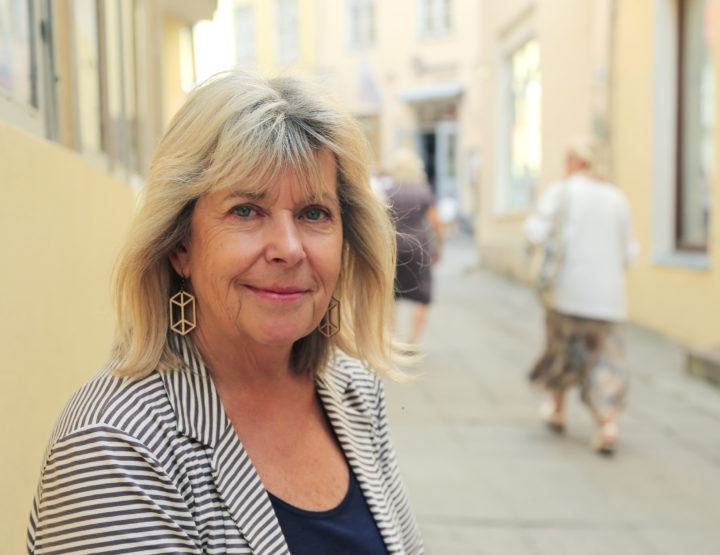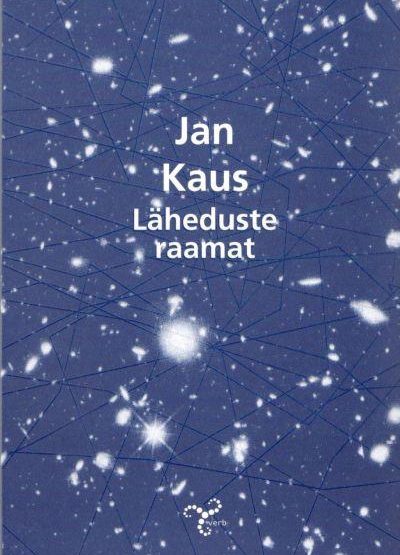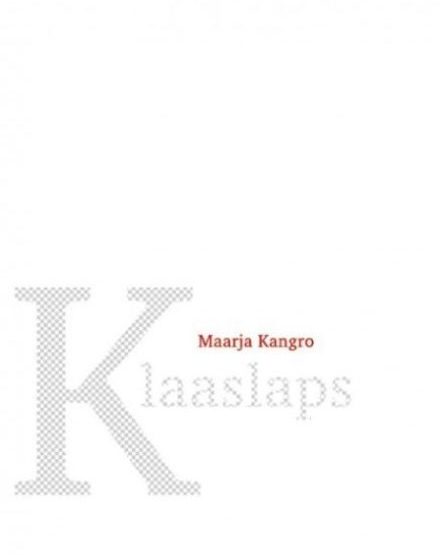Katrin Johanson, Atlantis abajas (Atlantis in a Cove)
Tallinn, Varrak, 2016. 160 pp.
ISBN: 9789985337967
Katrin Johanson’s (1972) entrance onto the Estonian literary scene was tied to the Estonian Writers’ Union’s novel-writing competition. One could even say that next to the contest’s prize-winners, her writing career has been one of the best success stories, and also proof that these creative competitions are exceptionally necessary in today’s world, where everyone seems to be writing something. Yes, writing is happening, but a portion of outstanding texts misses out on recognition because the authors don’t receive the right kind of feedback at the right time: feedback, which this competition provides for its participants.
Katrin Johanson, who is a teacher in the town of Viljandi in southern Estonia, entered two manuscripts in the 2015 novel competition. Neither of them were selected as winners or marked for special recognition. However, they did catch the attention of jury members, who encouraged the author to develop the texts further. The material was promising, which is confirmed by the fact that both of Johanson’s novels have now been published.
Johanson is an author who dares to handle difficult and uncomfortable issues. Her debut novel, Crossable Rooms (Läbikäidavad toad, 2015), represents in a way the big trend that has dominated Estonian literature over the last couple decades, and especially over the last couple of years: memoir prose that attempts to understand and interpret the twists of 20th-century Estonian history. Like Jan Kaus, Holger Kaints, and Ilmar Taska (to name just a few Estonian authors who have dealt with the same problems), Johanson dives into the time before, during, and after World War II, posing questions that very obviously torment Estonians’ collective self-awareness: why did everything go the way it did, what was Estonians’ own role in the course of a history directed by big powers and totalitarian dictators, and what could have gone differently? Given the continuing stream of literature being written on these topics, it should be clear to every Estonian reader by now that there is no plain and simple answer to such questions – something that in turn enables authors to keep on writing works about 20th century history, and to write them intriguingly. It seems that Johanson is highly capable of handling the latter aspect, i.e. intriguing writing. She is an author who is able to create psychologically thrilling but convincing and believable human personalities. One might say that Johanson’s writing doesn’t offer anything truly new or extraordinary on the historical-philosophical scale, but that probably isn’t her goal, either. Rather, her intention and achievement is the creation of gripping characters, both in their repulsiveness and their ability to make the reader relate to them. What’s more, in both of Johanson’s novels, she manages to weave these two seemingly contradictory aspects into single characters.
While the author focuses on 20th century Estonian history through the perspective of one family in Crossable Rooms, she takes a different approach in Atlantis Cove. The latter is set in the present day and focuses on fascinating psychological types, who are simultaneously very attractive and frightening. Johanson tells a story of love and hate that unfolds in a school in a small Estonian town. To be more precise, it is the story of a strange love triangle that revolves around a female teacher. Battling for her attention are a male colleague and a student with an obvious personality disorder. Without pussyfooting around the subject, the student can probably be called a psychopath, because in spite of his young age, he is highly adept at manipulating people.
And so, Johanson undertakes an extremely sensitive and problematic tangle of issues. She speaks about love, about the protagonist’s journey of self-discovery that ultimately leads him to Greece (migration is likewise a reality in contemporary Estonian society, and is a complex and relatively politicized topic), and about psychiatric problems.
Despite the complexity of this web of topics, the author manages to resolve problems insofar as these types of problems are solvable. Several questions are naturally left hanging, but not because of the author’s inability to answer them. On the contrary, Johanson wishes to show that it would be naïve to expect a single literary work to provide universal prescriptions. Nevertheless, the story is only a story, one about persons removed. The extremely vibrant and credible characters’ lives begin long before the novel does, and they carry on even after it has ended. Luckily, the story concludes somewhat more peacefully, with the characters’ lives perhaps even happier and more worth living. There are problems that can’t be solved by literature or life itself, though it is possible to describe them in a way that helps readers move on with their own lives much better, and to strive to understand themselves as well as others. Johanson pulls this off fantastically. It’s wonderful that an author with such a voice has made a powerful appearance in Estonian literature, and one can only hope that she will continue just as strongly as her first two novels promise.
Peeter Helme (1978) is an Estonian writer and journalist, and anchors Estonian Public Broadcasting’s literary radio programs. Helme has published five novels. The latest, Deep in the West (Sügaval läänes, 2015), is a drama set in the industrial Ruhr Valley.





